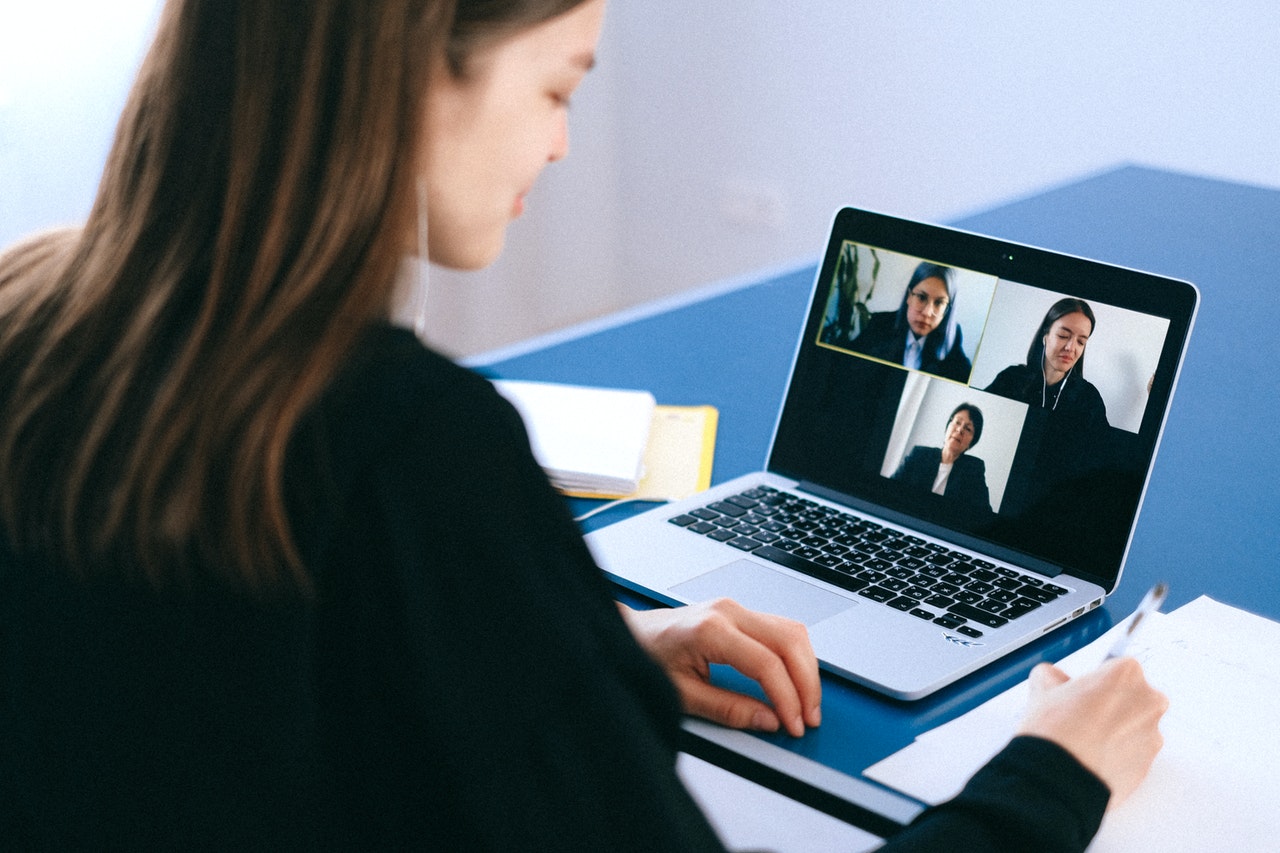One of the outcomes of the events of COVID-19 has been increased attention on video conferencing as a means of eliminating or reducing the need to travel.
The issue of safety has been added to the previous cost-benefits of reduced traveling time and costs; time can be spent more productively.
Increasingly, these benefits have made video conferencing more popular as a means of bringing people together – across the country and around the world. Here’s how to make sure you derive maximum value from your next video conference…
1. Arrange service provision.
Video conferencing is a flexible medium facilitated by satellite, broadcast, or cable signals. In addition, web conferencing can be adapted to mini-conferencing by incorporating digital cameras. To choose the best option, obtain expert advice. Some larger organisations have in-house facilities and expertise, but you might need an external service provider. Contact the provider as soon as possible; discuss details, even asking for a copy of the video conference if necessary.
2. Allocate responsibilities to the facilitators.
A successful event needs a video conference manager, who will:
- appoint and communicate with facilitators at any other centres involved
- invite participants
- distribute an agenda
- communicate with the service provider
- obtain a list of the voice telephone numbers for each location.
During the conference, the manager’s responsibilities will include:
- starting and finishing on time
- introducing all participants
- encouraging participants to direct questions appropriately
- adjusting the camera during the conference using zoom and pan to keep things interesting
- calling a break if necessary.
After the conference, the manager will coordinate any activities resulting from feedback and might also schedule the next conference.
Site facilitators will need to:
- work with the manager to coordinate service provision, facilities, and any site registration
- assemble equipment and make it work
- prepare materials for participants
- contact participants and keep them informed before the event
- coordinate interactive segments
- follow up if required.
3. Invite participants and provide a preliminary briefing.
Accompanying your RSVP invitation to participants should be a checklist including some, or all, of the following:
- Essential details – venue, telephone number, time, goals, agenda, and their facilitator’s details.
- Dress – blues or pastels, no busy patterns, minimal ‘flashy’ jewellery.
- Speech – clear, slow, natural.
- Visual cues – bold typeface (14+), landscape, and margin.
- Avoid – asides (use a mute button if you must chat off-camera), shuffling papers, tapping objects near the microphone, fidgeting, body movements that are too fast or lack expressiveness.
- Camera – remain focused on the camera; treat it as if it were another person, and be aware of transmission delays such as time lags.
- Conference etiquette – first identify yourself (give your name and location). Always address people by name and site. Humour can add sparkle.
- Arrival – 15 minutes before the conference starts.
4. Arrive early to ensure the facility is prepared.
The manager should arrange with site facilitators to arrive early at venues before other participants arrive. This gives the coordinating team time to:
- become familiar with the rooms in which they will be speaking
- make the areas ready – to erect signs, arrange seating, and finalise room layout
- become familiar with the video conferencing equipment and practise using it
- learn and set the camera presets so that they will know exactly what happens when those preset buttons are pressed
- chat with the service provider
- preview all slides and charts on the document camera in the video room for clarity, type, and readability
- practise their presentation and videotape and review it if possible, taking note of mannerisms, dress, and voice volume
- introduce participants at their site to one another before the conference call is made
- run through the agenda with participants at their location before the conference begins.
5. Follow an established procedure during the event.
The video conference will need an assertive chairperson to:
- lead the discussion
- make sure everyone has a chance to speak
- keep the discussion on topic, interceding if necessary
- deal with conflict or impasse
- validate and confirm people’s contributions
- complete the agenda items
- foster a friendly atmosphere.
The chairperson will:
- get the conference going by introducing participants – even if they know each other – beginning with his or her location, and moving the camera so that all participants can see the person being introduced. Facilitators at the other sites repeat the process.
- ask participants to alert him or her immediately if there are technical hitches, such as no audio or a frozen screen.
- establish ground rules. For example, when visual aids are used, participants will be given time to absorb the information; and how participants can interrupt when they have a question.
- end the conference on time (any decision to extend the time of the conference will need to be made about 15 minutes before the scheduled end-time so that the appropriate provider can be notified); ask participants for their feedback; summarise the main points; indicate any follow-up; and thank participants for their involvement.
For more information about career and success, Contact Us at Global Training Institute. At GTI we are passionate about helping people succeed and achieve their career and life goals. Global Training Institute is a Registered Training Organisation and offers accredited online training in the areas of Management,Business, Civil Construction,Local Government, Governance, Mining, Leadership and Project Management.





